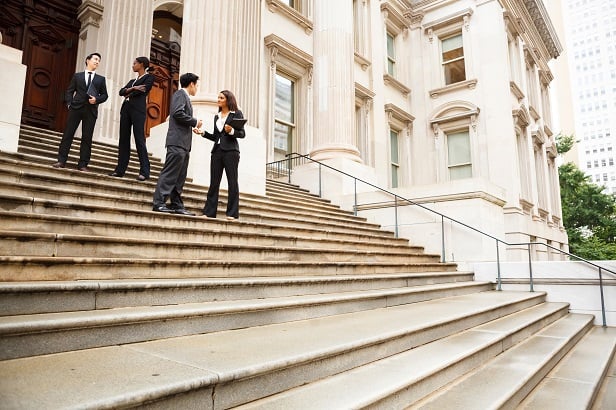Sometimes the best consequences are unintended.
When the trade war between the United States and China was heating up, American companies who were relying on Chinese manufacturers began to look elsewhere.
"They had to come up with new manufacturing plants to make essentially retail goods," says Spencer Levy, chairman of Americas Research for CBRE and senior economic advisor for CBRE.
When American companies were searching for manufacturers, they explored Vietnam. And there, almost by accident, they found more sustainable solutions.
"One of the things that happened with the trade war between the United States and China, we saw some manufacturing shift from China to Vietnam," Levy says. "When the buyers were going to pick these plants, that's when they had the opportunity to say, 'We want natural gas plants [found in Vietnam] and not coal fire plants [found in China].'"
Seemingly by accident, the Trump administration had developed a trade that could, at least on the margins, mean cleaner air, according to Levy. In many American cities, the decision to regulate sustainability isn't accidental. It's purely intentional. Last April, New York City passed the Climate Mobilization Act to reduce greenhouse gas emissions and improve energy efficiency for specific buildings. The legislative package includes bills establish emissions caps for buildings with more than 25,000 square feet, require an assessment of the feasibility of replacing the city's gas-fired power plants with battery storage powered by renewable energy sources and dictate that roofs of smaller new residential buildings and non-residential buildings be equipped with a solar photovoltaic system or a green roof.
There is little doubt that other cities will follow suit.
"Some cities and states are progressing their own environmental regulations and energy codes," says Erin Hatcher, Vice President of Sustainability for AMLI Residential. "We're seeing a shift in thinking about zero buildings and what can be done to the building envelopes that have a higher intensity of focus on energy usage in particular."
For building owners and investors, it is essential to track these new sustainability regulations. Even if you aren't in a city with environmental requirements now, you may be in the future.
"Green investment continues to improve, especially as regulations increase and consumer demand increases," says Keara Fanning, Sustainability Director at JLL. "Additionally, investing in sustainability reduces risk as the regulatory landscape becomes uncertain, and resources become scarcer. Efficient products are expected by tenants as they look to meet their own ESG goals."
While municipalities are pushing sustainability legislatively, the building codes can sometimes impede sustainability.
For instance, using wood instead of steel can have positive environmental effects. While wood can spark concerns about fire, Levy says Europeans are ahead of Americans in solving those concerns because of their confidence in sophisticated lumber treatments.
"There are a lot of ways where the United States is a leader in the environment, but there are a lot of ways that we're a laggard," Levy says. "One of the ways that we're a big laggard behind the EU is in use of green building materials."

